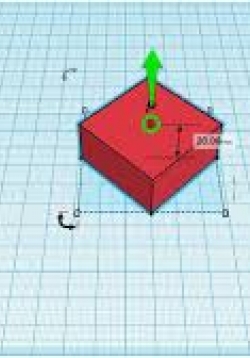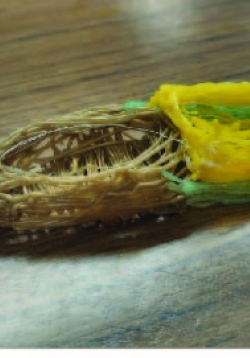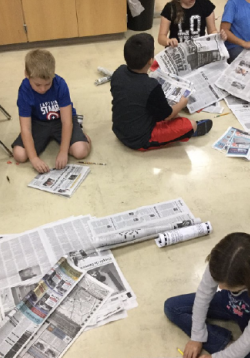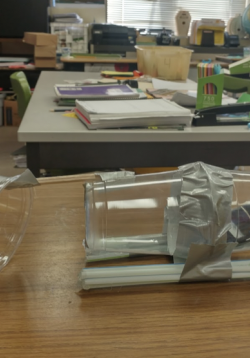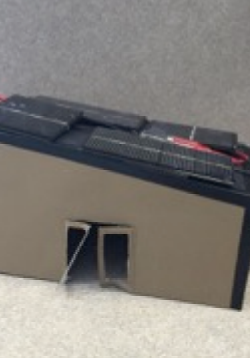TinkerCAD: Introduction to 3D Printing
This lesson is designed to span 5 days with 50-minute sections. After the introduction day, each day the students work toward mastery on the TinkerCAD tutorial online to learn how to create printable 3D models. At the end of the 4 days the students will...
Adrift in a Sea of Plastic Unit Plan
In this unit students will investigate the phenomena of plastic trash islands floating in the Pacific and Atlantic Oceans. The students will work to solve the problem of plastic trash islands through the engineering and design process. Using 3D printers,...
The Problem of Plastic Trash Islands
This lesson is designed for 3 days, 50-minute sessions. The students will watch videos and take 2 column notes to guide independent research. The students will examine different solutions that are already being tried and experimental solutions that have...
Engineering 101
This lesson is designed for 3, 50-minute sessions. The students will engage in multiple mini-engineering challenges to develop their understanding of structures and how to build models. The students will also learn to use the 3D pens to create a 3D object...
Design and Engineer Solutions
This lesson is designed to span 9 days with 50-minute sessions. The students will use a Design and Engineering Journal to guide them in the design and engineering process. In small groups they will use the research from lesson 2 to formulate solutions to...
Saving Lives with Solar Ovens
Students will be introduced to Solar Cookers International. Students will learn about different solar cooker designs and how they function. Students will learn the pros and cons on the use of solar ovens in developing countries. Students will gain an...
Let's Build Sun Ovens
The purpose of this lesson is to introduce the students to three different styles of inexpensive solar ovens. Students will work together to build a File Box oven, an auto shade/bucket oven and a “Copenhagen” style oven. Students will follow written...
Let’s Get Cooking!
The purpose of this lesson is to provide students with a hands-on experience using the sun to cook cornbread or cookies. Students will also learn to use an infrared thermometer. There is also an optional extension for the class or individual students to...
Build the Ultimate Solar Oven
The purpose of this lesson is to take everything the students have learned and experienced up to this point and use it to build their own Ultimate Solar Oven using items found at school, home, the Dollar store or home improvement store for under 5 dollars...
Mini Solar Houses Unit
In Lesson 1, the lesson focuses on understanding how the angle and orientation affect the amount of energy that is generated through use of a solar cell. Paper azimuth finders, Keva Planks, and multimeters will be used in order for students to draw...

